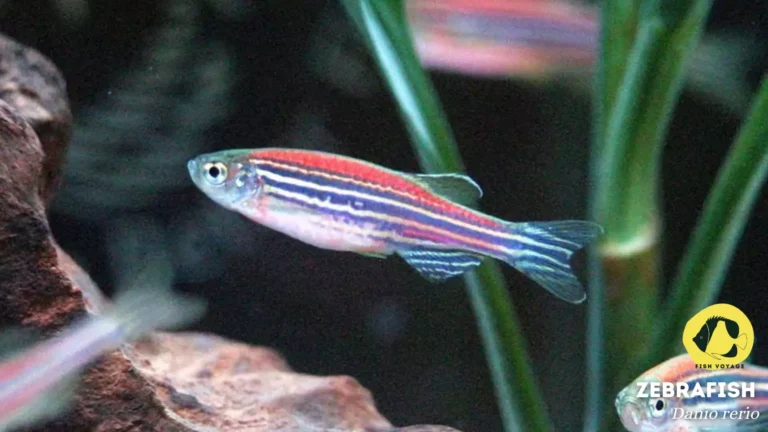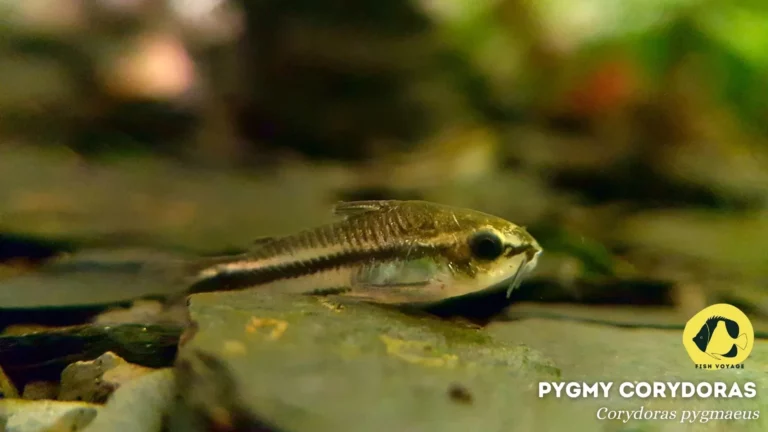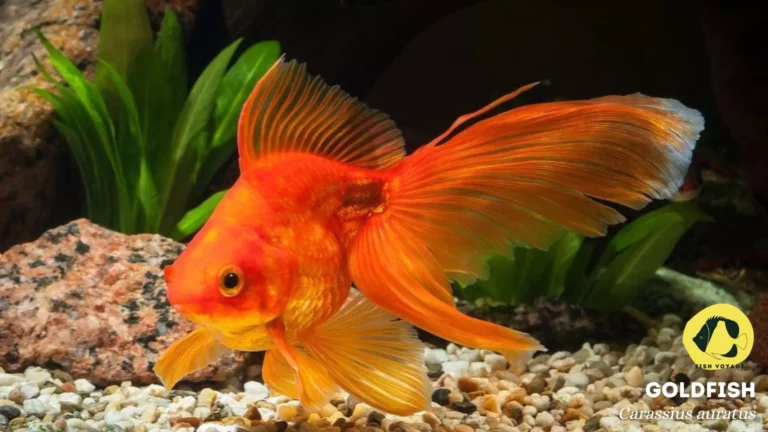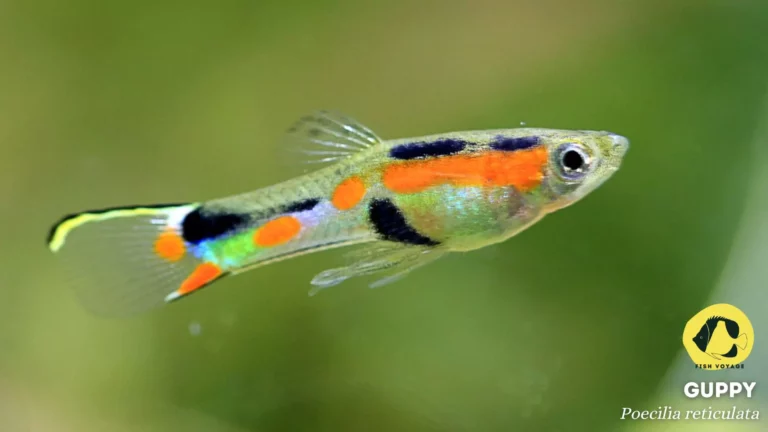The Ultimate Guide to Blennies Fish Tank Requirements

Welcome to our comprehensive guide on Blennies and their specific tank requirements, a must-read for aquarium enthusiasts seeking to create a thriving aquatic environment. Blennies, known for their captivating personalities and vibrant colors, have become increasingly popular in the aquarium hobby. These fascinating fish, characterized by their elongated bodies and distinctive faces, bring a unique charm to home aquariums.
While their popularity is well-deserved, it’s crucial for hobbyists to recognize the significance of tailoring their tank setup to meet the specific needs of Blennies. Understanding the intricacies of their habitat requirements is paramount for ensuring the optimal health and well-being of these aquatic companions. Join us as we delve into the world of Blennies, exploring the key factors that contribute to their happiness and longevity in captivity.
Types of Blennies
Starck’s, Tailspot, and Bicolor Blennies
- Description: These small-sized blennies are popular for their vibrant colors and eye-catching patterns. Starck’s Blenny, known for its intricate markings, and Tailspot Blenny, recognized for its distinct tailspot, add a lively presence to aquariums. Bicolor Blennies, with their contrasting hues, are equally captivating.
- Characteristics: These blennies are known for their inquisitive nature and are often found perching on rocks or corals, observing their surroundings. They exhibit playful behaviors and are generally peaceful tank inhabitants.
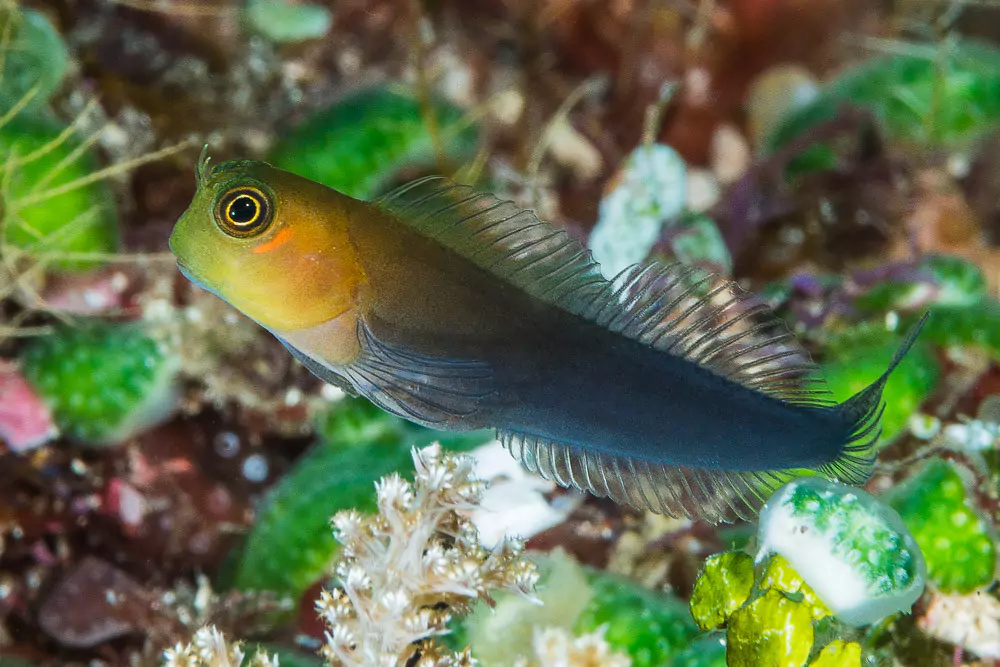
Midas and Lawnmower Blennies
- Description: The Midas Blenny, adorned with striking golden-yellow hues, is a visually stunning choice for aquariums. Lawnmower Blennies, with their unique appearance resembling a lawnmower, are sought after for their algae-eating capabilities.
- Characteristics: Midas Blennies are known for their territorial behavior, making them suitable for larger tanks. Lawnmower Blennies, on the other hand, are excellent algae grazers, contributing to the overall cleanliness of the tank.
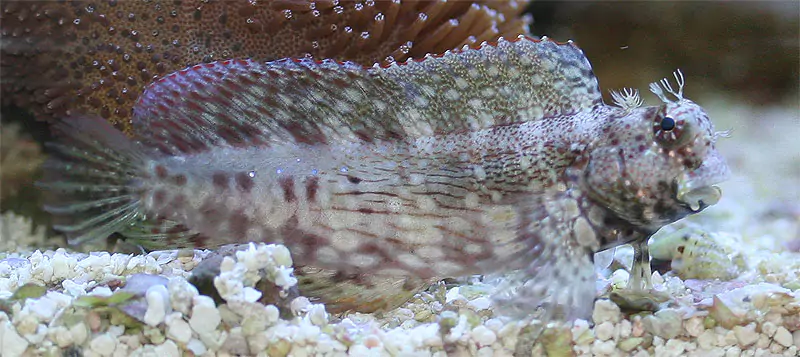
Molly Miller, Canary, and Redlip Blennies
- Description: Molly Miller Blennies, with their elongated bodies, are recognized for their captivating personalities. Canary Blennies, named for their vibrant yellow coloration, add a splash of brightness to aquariums. Redlip Blennies, with distinct red markings, are equally alluring.
- Characteristics: Molly Miller Blennies are known for their active swimming patterns, often exploring the entire tank. Canary and Redlip Blennies exhibit unique territorial behaviors and can be captivating to observe during feeding.

Barnacle and Meiacanthus Blennies
- Description: Barnacle Blennies, with their distinct barnacle-like appearance, are known for their ability to camouflage. Meiacanthus Blennies, including the popular Midas and Jewel Blennies, feature striking coloration and interesting patterns.
- Characteristics: Barnacle Blennies showcase fascinating camouflaging behaviors, often attaching themselves to rocks or other surfaces. Meiacanthus Blennies, with their venomous bite as a defense mechanism, display unique adaptations in their behaviors.
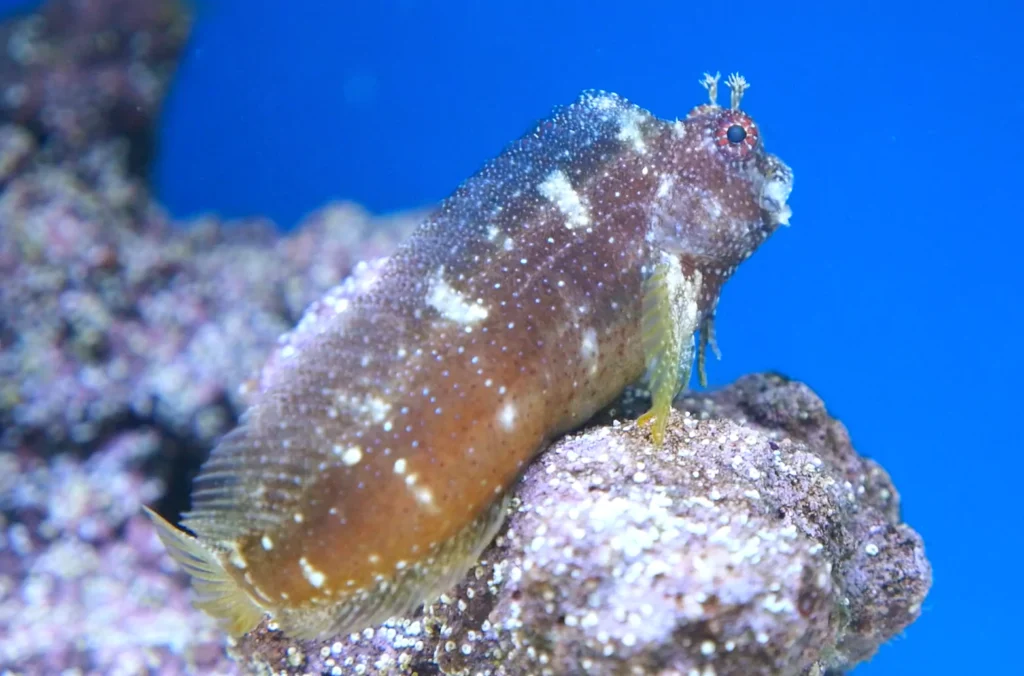
Bi-color, Red Sea, and Tailring Blennies
- Description: Bi-color Blennies, with their contrasting colors, add visual appeal to aquariums. Red Sea Blennies, native to the Red Sea region, showcase unique adaptations to their environment. Tailring Blennies, recognized for their distinctive tail ring, are popular choices.
- Characteristics: Bi-color Blennies are known for their peaceful nature and are suitable for community tanks. Red Sea Blennies exhibit behaviors adapted to the Red Sea’s specific conditions, while Tailring Blennies add an element of elegance with their unique markings.
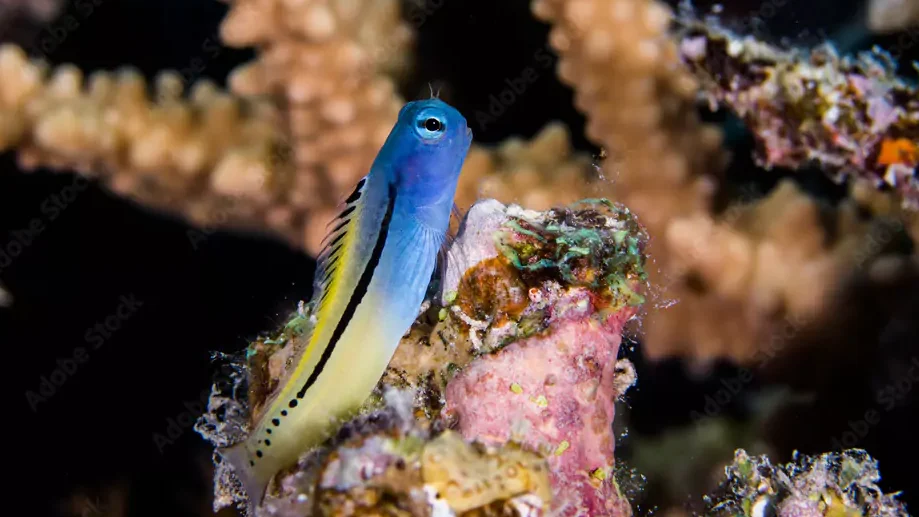
Explore the diverse world of Blennies by choosing the species that align with your preferences and tank conditions. Each type brings its own set of characteristics, making them delightful additions to your aquarium community.
Tank Size and Setup
Optimal Tank Size
Recommended Tank Sizes for Blennies
Tailor your tank size based on the specific Blenny species. Smaller species, like Tailspot Blennies, thrive in aquariums with a minimum of 10-20 gallons, while larger varieties, such as Midas Blennies, may require tanks ranging from 30 to 50 gallons. Research the particular needs of your chosen species to provide ample swimming space and accommodate their territorial behaviors.
Aquascape
Incorporate Ample Rocks and Crevices
Blennies are known for their love of hiding and perching. Create a dynamic aquascape by incorporating live rock structures, providing numerous hiding spots and vantage points. Ensure the rocks are securely arranged to prevent collapses that could harm both the fish and the tank’s aesthetic.
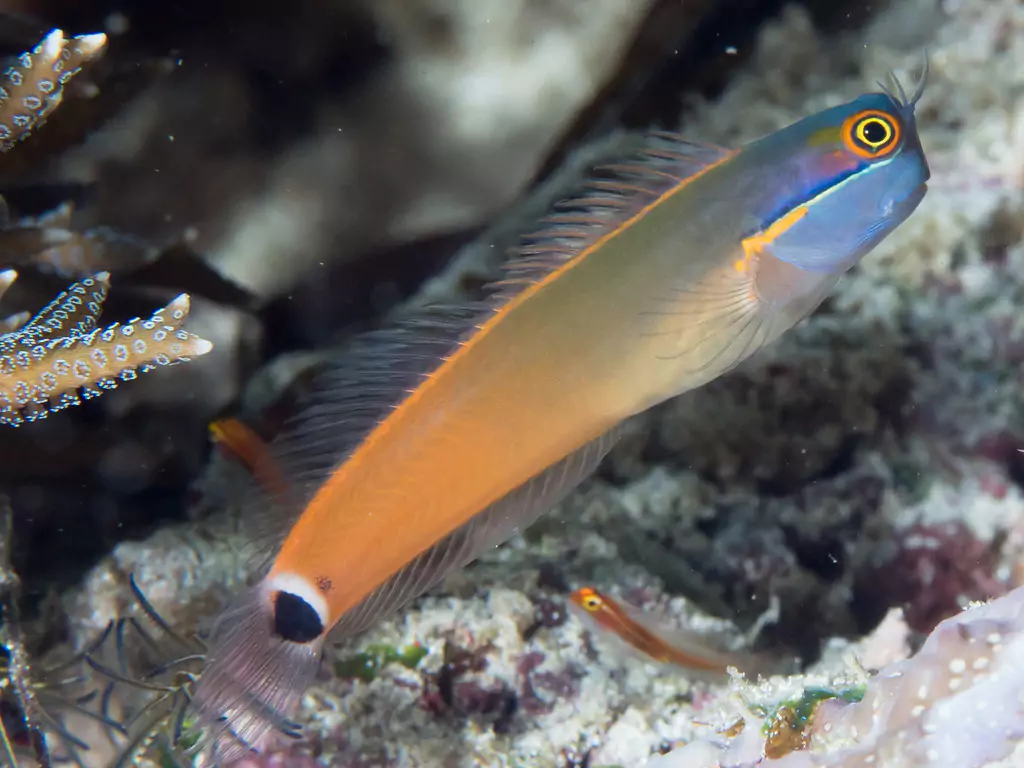
Utilize Caves and Overhangs
Mimic the natural habitat of Blennies by incorporating caves and overhangs in your aquascape. These structures serve as shelter and encourage natural behaviors, such as exploration and territorial claims. Opt for smooth-edged rocks to prevent injuries to your Blennies.
Substrate and Decor
Selecting the Right Substrate
Choose a substrate that aligns with the needs of your Blennies. Fine sand or crushed coral substrates are ideal, providing a comfortable and natural environment. Avoid sharp substrates that may harm the fish’s sensitive skin. Adequate substrate depth is essential, especially for species that may burrow or sift through the sand.
Adding Suitable Tank Decor
Enhance the visual appeal of your aquarium while meeting the behavioral needs of Blennies by adding appropriate tank decor. Artificial corals, PVC pipes, and ceramic structures can serve as additional hiding spots. Select decorations that are easy to clean to maintain a healthy environment for your fish.
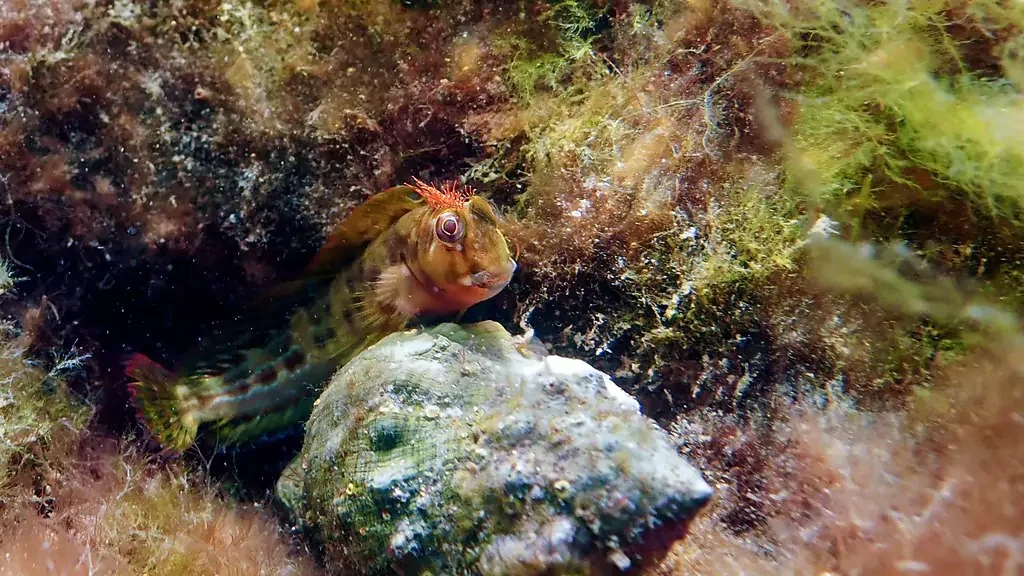
Consider Tank Height
Vertical Space Matters
Blennies, particularly those with elongated bodies, benefit from tanks with ample vertical space. Consider the height of your tank to accommodate their swimming habits and provide a more enriching environment. A taller tank also allows for the creation of vertical elements in the aquascape.
Creating an optimal tank environment for your Blennies involves thoughtful consideration of their species-specific needs. By focusing on suitable tank sizes, aquascaping techniques, and appropriate substrate and decor choices, you can ensure that your aquarium provides a secure and stimulating home for these captivating fish.
Water Parameters
Temperature
Ideal Temperature Range for Blennies
Maintain a stable water temperature within the recommended range for your Blenny species. Generally, a range of 72°F to 78°F (22°C to 26°C) is suitable for most Blennies kept in aquariums. Consistency in temperature is crucial to prevent stress and ensure the well-being of your aquatic companions.
pH Levels
Preferred pH Range for Blennies
Blennies thrive in a well-balanced aquatic environment, so it’s essential to monitor and maintain the pH levels within the appropriate range. Aim for a pH between 8.1 and 8.4, as this mimics the alkaline conditions found in their natural habitats. Regular testing and adjustments will help create a stable and optimal pH environment.
Salinity
Considerations for Marine and Brackish Species
Understand the specific salinity requirements based on whether your Blennies are marine or brackish species. For marine Blennies, maintain a salinity level of 1.020 to 1.02Brackish species, like the Figure 8 Puffer Blenny, thrive in salinity levels ranging from 1.005 to 1.018. Accurate measurement and adjustment of salinity are critical for the overall health and osmoregulation of your fish.
Gradual Acclimation
When introducing new Blennies to your tank, ensure a gradual acclimation process to help them adjust to the existing salinity levels. Sudden changes can lead to stress and health issues. Use a reliable hydrometer or refractometer to measure salinity accurately.
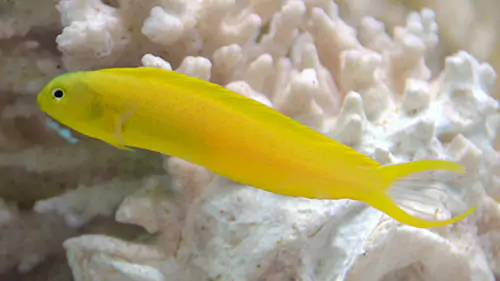
Monitor Water Quality
Regular Water Testing
Implement a routine water testing schedule to monitor temperature, pH, and salinity levels. Consistent monitoring allows you to identify and address any fluctuations promptly, maintaining a stable and healthy aquatic environment for your Blennies.
Maintain Proper Filtration
Adequate filtration plays a crucial role in maintaining water quality. Invest in a reliable filtration system to eliminate impurities, toxins, and maintain optimal water conditions. Regular water changes, typically 10-20% of the tank volume every 2-4 weeks, further contribute to overall water quality.
By paying close attention to temperature, pH, and salinity parameters, you can create an environment that mirrors the natural conditions of Blennies, promoting their well-being and longevity in your aquarium. Regular monitoring and adjustments ensure a stable and thriving aquatic habitat for these captivating fish.
Filtration and Water Quality
Filtration Systems
Consideration of Filtration Options
Explore various filtration systems to ensure optimal water quality for your Blennies. Hang-on-back (HOB) filters, canister filters, and protein skimmers are effective options. Choose a filtration system that suits the size of your tank and accommodates the specific needs of your Blenny species.
Mechanical, Biological, and Chemical Filtration
Implement a multi-stage filtration approach to address different aspects of water quality. Mechanical filtration removes debris, biological filtration supports beneficial bacteria for nitrogen cycle conversion, and chemical filtration utilizes media to remove impurities. This comprehensive filtration strategy enhances the overall health of your aquarium.
Regular Water Changes
Crucial Role of Water Changes
Emphasize the significance of regular water changes in maintaining pristine water quality. Changing 10-20% of the water every 2-4 weeks helps remove accumulated toxins, excess nutrients, and ensures a stable aquatic environment for your Blennies. This practice mimics their natural habitat conditions and promotes overall well-being.
Frequency and Consistency
Establish a consistent water change schedule based on the needs of your specific Blenny species and the tank size. Smaller, more frequent changes are preferable for smaller tanks, while larger tanks may benefit from slightly less frequent, but larger volume changes. The key is to maintain stability and avoid drastic alterations.
Monitoring Water Parameters
Regular Testing for Water Quality
Regularly test key water parameters, including ammonia, nitrite, nitrate, pH, and salinity. Monitoring these factors allows you to identify any deviations from the optimal range promptly, enabling timely adjustments. Use reliable testing kits to ensure accurate results.
Addressing Issues Promptly
If any deviations or issues are detected during water parameter testing, take immediate corrective action. Whether it involves adjusting the filtration system, increasing water changes, or addressing specific water chemistry concerns, prompt intervention helps maintain a stable and healthy environment for your Blennies.
Maintaining superior water quality through effective filtration systems and regular water changes is crucial for the health and happiness of your Blennies. By adopting a proactive approach to filtration and water management, you contribute to a thriving aquarium ecosystem that supports the unique needs of these captivating fish.
Compatible Tank Mates
Gobies (Gobiidae)
Blennies harmonize well with peaceful community fish such as Gobies, known for their calm temperament. Their shared tranquility fosters a serene aquarium environment, minimizing potential conflicts.
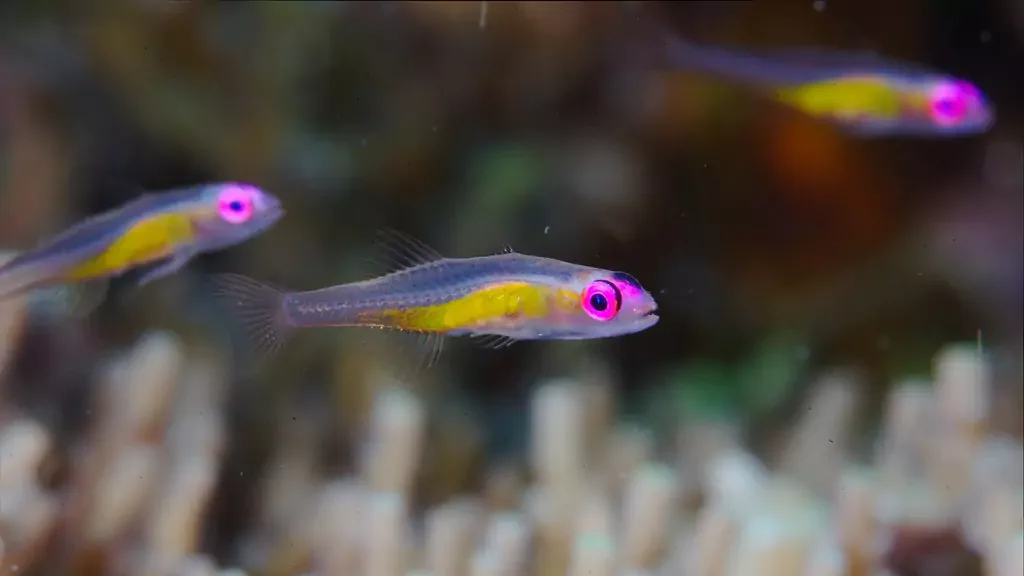
Royal Gramma (Gramma loreto)
The striking colors and docile nature of the Royal Gramma make it an ideal tankmate for Blennies. This vibrant fish adds visual appeal to the tank while its non-aggressive behavior aligns seamlessly with the calm demeanor of Blennies.
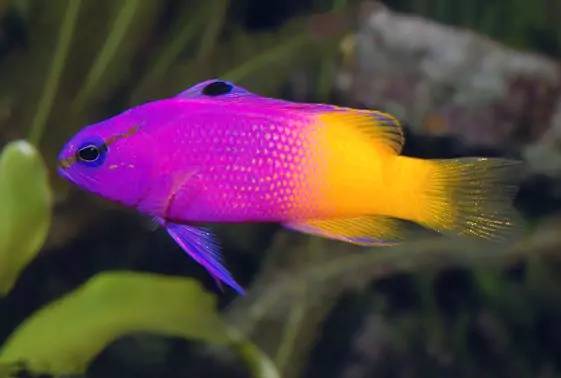
Clownfish (Amphiprioninae)
Clownfish, with their engaging personalities and distinctive appearance, complement the docility of Blennies. Their symbiotic relationship with anemones adds an intriguing dynamic to the tank, creating a visually captivating and harmonious ecosystem.
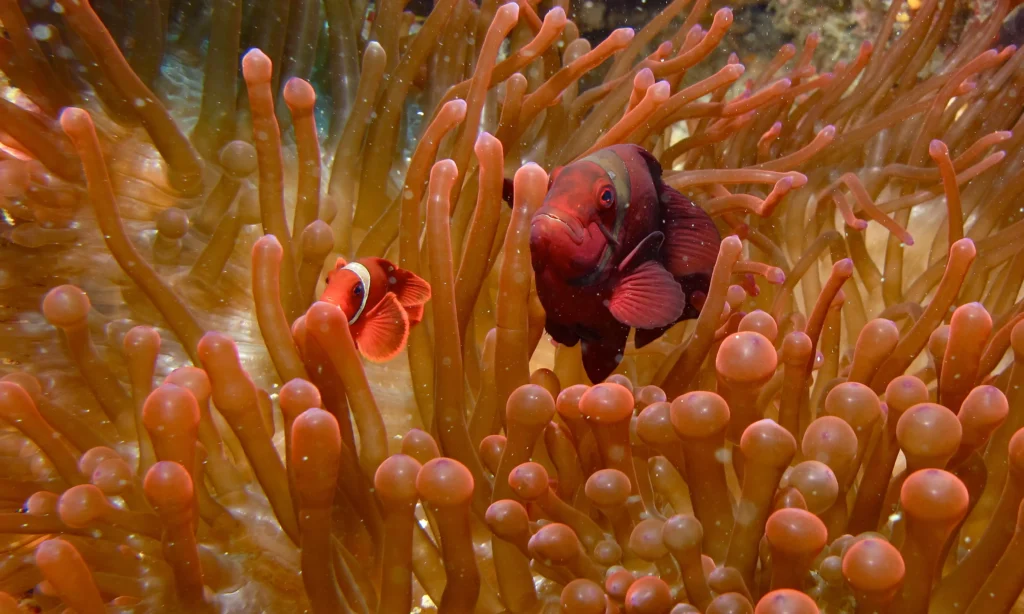
Firefish (Nemateleotris magnifica)
Known for their elegant, darting movements, Firefish share a peaceful disposition with Blennies. Their unique swimming patterns and vibrant colors contribute to the visual diversity of the tank, creating a lively and balanced community.
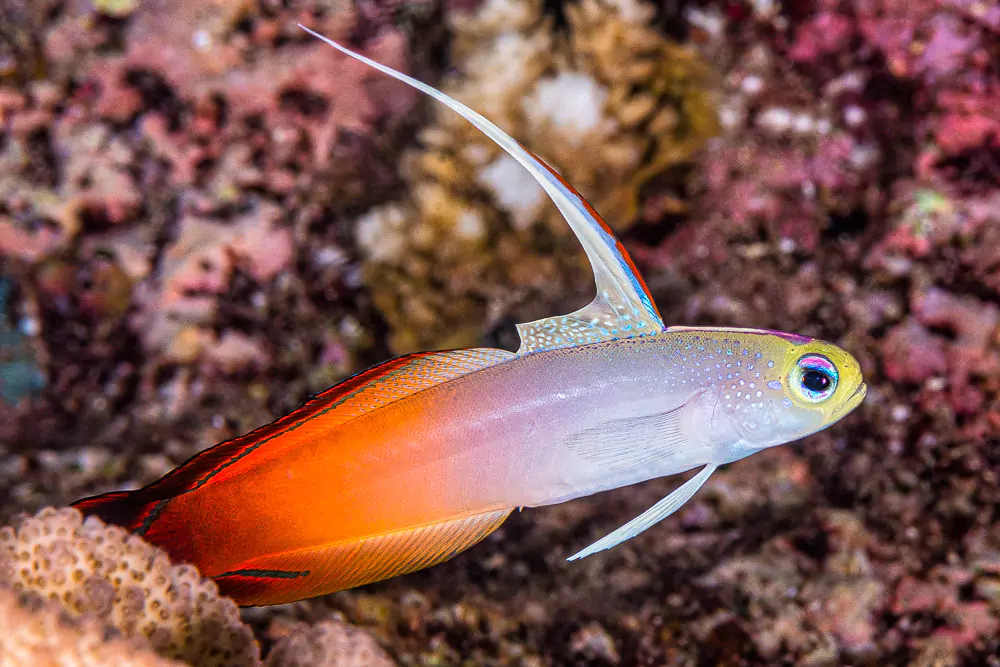
Dartfish (Ptereleotris spp.)
Dartfish, characterized by their sleek appearance and rapid movements, are excellent companions for Blennies. Their compatibility arises from similar activity levels and the ability to coexist without territorial disputes, fostering a cooperative tank environment.

In selecting these compatible tank mates, it’s essential to consider factors like temperament, size, and habitat preferences. By introducing species that align with the peaceful nature of Blennies, you create a community that thrives on mutual compatibility and visual harmony. Explore these options and witness the synergy of diverse marine life in your aquarium.
Feeding Guidelines
Preferred Diet for Blennies
Varied and Balanced Diet
Provide a diverse diet to meet the nutritional needs of Blennies. Include a mix of live, frozen, and prepared foods to mimic their natural feeding behaviors. Offer high-quality pellets and flakes specifically formulated for marine herbivores to ensure a balanced nutritional profile.
Algae-Based Foods
Blennies, particularly herbivorous species, benefit from algae-based foods. Incorporate algae sheets, spirulina flakes, or pellets into their diet to fulfill their herbivorous tendencies. This not only supports their nutritional requirements but also promotes dental health.
Feeding Frequency Recommendations
Regular and Small Meals
Feed Blennies small meals multiple times a day rather than one large meal. Their natural grazing behavior is better accommodated by frequent feeding. Aim for 2-3 small feedings daily to prevent overfeeding and maintain optimal health.
Observe Feeding Behavior
Pay attention to the feeding behavior of your Blennies. Some individuals may be more active during certain times of the day. Adjust the feeding schedule accordingly to ensure that all fish have access to food and to prevent competition during feeding times.
Live and Frozen Foods
Enrichment with Live Foods
Supplement the diet with occasional live foods to enhance the overall enrichment of Blennies. Offer live brine shrimp, copepods, or small invertebrates as a treat. Live foods not only provide essential nutrients but also stimulate natural hunting instincts.
Frozen Foods Variety
Include a variety of frozen foods in their diet, such as mysis shrimp, brine shrimp, and enriched frozen blends. Frozen foods offer a convenient way to provide a well-rounded diet, incorporating proteins and fats essential for the health of Blennies.
Avoid Overfeeding
Monitor Consumption
Observe the eating habits of your Blennies closely and adjust the quantity of food accordingly. Uneaten food can lead to water quality issues and may affect the health of both the fish and the aquarium ecosystem. Feed only what your Blennies can consume within a few minutes.
Maintain a Clean Environment
Overfeeding contributes to excess waste and can lead to water pollution. Regularly clean uneaten food debris from the tank and implement effective filtration to maintain a clean and healthy aquatic environment for your Blennies.
By following these feeding guidelines, you can ensure that your Blennies receive a nutritionally balanced diet that supports their overall health and vitality. The combination of varied food sources and a proper feeding schedule contributes to the well-being and happiness of these captivating aquarium inhabitants.
Health and Disease Prevention
Maintain a Clean Aquarium
Effective Filtration System
Invest in a reliable filtration system to remove impurities, toxins, and maintain optimal water quality. A clean environment reduces the likelihood of stress and minimizes the risk of common fish diseases. Regularly clean the filter media and perform water changes to uphold pristine conditions.
Remove Uneaten Food
Uneaten food can decay and compromise water quality. Carefully remove any uneaten food promptly to prevent the buildup of ammonia and other harmful substances. This proactive measure aids in disease prevention and supports the overall well-being of your Blennies.
Quarantine New Additions
Isolate New Fish
Before introducing new Blennies or other fish species to your main aquarium, quarantine them in a separate tank. This precautionary step helps prevent the spread of potential diseases. Observe the quarantined fish for signs of illness before integrating them into the main tank.
Signs of Stress or Illness
Monitor Behavior Changes
Keep a close eye on the behavior of your Blennies. Unusual swimming patterns, lethargy, or excessive hiding may indicate stress or illness. Regular observation allows for early detection and timely intervention.
Check for Physical Abnormalities
Examine your Blennies for physical abnormalities such as lesions, discoloration, or unusual growths. Rapid changes in appearance can be indicative of health issues. Promptly address any abnormalities by consulting with a knowledgeable aquarium professional or veterinarian.
Provide Adequate Hiding Spaces
Minimize Stressors
Create a secure environment for Blennies by offering ample hiding spots within the tank. These sheltered areas provide a retreat for the fish and reduce stress. Minimizing stressors contributes to a healthier immune system, making your Blennies more resilient against potential diseases.
Maintain Consistent Tank Conditions
Sudden changes in water parameters, temperature, or lighting can induce stress in Blennies. Keep these conditions stable to avoid unnecessary stress. Gradual acclimation to new conditions is crucial when making adjustments, such as introducing new tankmates or changing water parameters.
Consult with Aquatic Professionals
Seek Expert Advice
If you notice any signs of stress or illness in your Blennies, consult with experienced aquarium professionals or veterinarians specializing in aquatic health. Their expertise can help diagnose and address potential issues, ensuring the well-being of your fish.
Implement a Disease Prevention Plan
Routine Health Checks
Establish a routine health check schedule for your aquarium. Regularly inspect your Blennies for any abnormalities and conduct water tests to monitor key parameters. Proactive measures, such as quarantine protocols for new additions, contribute to disease prevention.
Educate Yourself
Stay informed about common fish diseases, especially those that may affect Blennies. Understanding the symptoms and preventive measures empowers you to take swift action if issues arise, maintaining the health and vitality of your aquarium.
By following these health and disease prevention tips, you can create a resilient and thriving environment for your Blennies. Consistent monitoring, proper maintenance, and prompt intervention contribute to the overall well-being of these captivating aquarium inhabitants.
Breeding Considerations
Observe Natural Behaviors
Study Species-Specific Behaviors
Familiarize yourself with the breeding behaviors of your specific Blenny species. Different Blennies exhibit various courtship rituals, territorial displays, and nesting behaviors. Observing these natural behaviors provides insights into the breeding process.
Create Suitable Breeding Conditions
Aquarium Setup for Breeding
If you intend to encourage breeding, create a conducive environment within the aquarium. Provide ample hiding spots, caves, and suitable substrate to mimic the Blennies’ natural habitat. Ensure stable water parameters and offer a varied diet to support the health of potential breeding pairs.
Adjust Lighting and Temperature
Some Blennies may respond to changes in lighting and temperature as cues for breeding. Research the specific requirements of your Blenny species and consider making subtle adjustments to these environmental factors to stimulate natural breeding behaviors.
Identifying Gender Differences
Differentiating Male and Female Blennies
Learn to distinguish between male and female Blennies, as some species exhibit sexual dimorphism during breeding. Males may develop brighter colors, unique markings, or altered fin shapes during the breeding season. Understanding these differences aids in pairing compatible breeding partners.
Courtship and Spawning
Recognize Courtship Displays
Watch for courtship displays, which often involve intricate movements, color changes, or the creation of nests. Courtship behaviors may vary among Blenny species, and recognizing these displays is crucial for identifying potential breeding pairs.
Provide Suitable Nesting Sites
Some Blennies construct nests for their eggs, while others may deposit eggs in hidden areas within the tank. Offering suitable nesting sites, such as small caves or sheltered areas, encourages the natural breeding instincts of these fish.
Protecting Eggs and Fry
Observe Parental Care Behaviors
Certain Blenny species exhibit parental care behaviors, with either the male or female guarding the eggs and fry. Be attentive to any signs of parental care, such as fanning or hovering behavior, as this indicates successful breeding.
Isolate Breeding Pairs
If possible, consider isolating breeding pairs in a separate breeding or nursery tank. This minimizes the risk of eggs or fry being consumed by tankmates and provides a controlled environment for the successful development of the offspring.
Monitoring Hatchlings
Provide Adequate Nutrition
Once the eggs hatch, ensure the availability of suitable food for the fry. Offer small, nutritious live or powdered foods to support the initial stages of growth. Maintaining water quality is critical during this period to foster the health of the newly hatched Blennies.
Gradual Introduction to Main Tank
When the fry reach a suitable size and can consume standard aquarium foods, consider gradually introducing them to the main tank. Monitor their interactions with other tankmates and ensure they can compete for food resources.
By considering these breeding aspects, you can create an environment that encourages the natural reproductive behaviors of Blennies. However, keep in mind that not all Blenny species breed readily in captivity, and successful breeding may depend on various factors specific to each species.
Conclusion
In conclusion, mastering the art of Blennies’ tank care involves tailoring the environment to their specific needs. From optimal tank sizes and aquascaping to precise water parameters and thoughtful feeding, every element contributes to their well-being. We invite you to share your experiences and queries in the comments below, fostering a community where knowledge and enthusiasm for Blennies thrive. Your insights enrich this collective journey of creating ideal aquatic habitats. Dive into the world of Blennies with confidence, and let the vibrant exchange of information continue!
Additional Resources
Reputable Forums for Further Information
- Reef2Reef: A vibrant online community where aquarists share experiences, insights, and advice on Blennies and other marine life. Engage in discussions, ask questions, and learn from a diverse community of aquarium enthusiasts.
- NanoReef: Dedicated to nano and pico reef aquariums, this forum is an excellent resource for Blenny keepers. Discover specialized discussions, share your tank setup, and connect with fellow hobbyists to exchange valuable tips.
Recommended Books for Further Reading
- The New Marine Aquarium by Michael S. Paletta: A comprehensive guide covering various aspects of marine aquarium keeping, including valuable insights into creating a suitable environment for Blennies. Paletta’s expertise provides a solid foundation for both beginners and experienced hobbyists.
- The New Reef Aquarium by Mr Laurren J Schmoyer: The author offers an easy-to-follow route to long-term success with live rock, appropriate equipment, aquascaping, disease prevention, and essential husbandry techniques.
These additional resources serve as valuable supplements to our guide, offering diverse perspectives and in-depth knowledge on Blennies and marine aquarium keeping. Continue to expand your expertise and connect with the broader aquarium community through these reputable platforms and educational materials. Happy exploring!
Frequently Asked Questions (FAQs)
1. What is the ideal tank size for keeping Blennies?
The ideal tank size for Blennies depends on the specific species. Smaller varieties, like Tailspot Blennies, thrive in tanks of 10-20 gallons, while larger species, such as Midas Blennies, may require 30-50 gallons. Research the particular needs of your chosen Blenny to ensure adequate space for swimming and territorial behaviors.
2. What type of substrate is best for Blennies?
Blennies prefer fine sand or crushed coral substrate. These substrates mimic their natural habitat and allow for natural behaviors like burrowing and sifting. Avoid sharp substrates that may harm their sensitive skin. Adequate substrate depth is essential for species that may engage in burrowing.
3. Can Blennies live with other fish in the same tank?
Yes, Blennies can coexist with other fish, but careful consideration is needed. Choose peaceful community fish with compatible temperaments, such as Gobies, Dartfish, or Clownfish. Avoid aggressive or territorial species that may stress or harm the Blennies.
4. How often should I feed my Blennies, and what is the recommended diet?
Feed Blennies small, frequent meals 2-3 times a day to accommodate their natural grazing behavior. Provide a varied diet, including live, frozen, and prepared foods. Algae-based foods, such as algae sheets and spirulina flakes, are beneficial for herbivorous species.
5. What water parameters are crucial for the health of Blennies?
Maintain stable water parameters, including a temperature range of 72°F to 78°F, pH levels between 8.1 and 8.4, and salinity levels of 1.020 to 1.025 for marine Blennies. Regularly monitor water quality, conduct water tests, and ensure proper filtration to create an optimal environment for their well-being.


